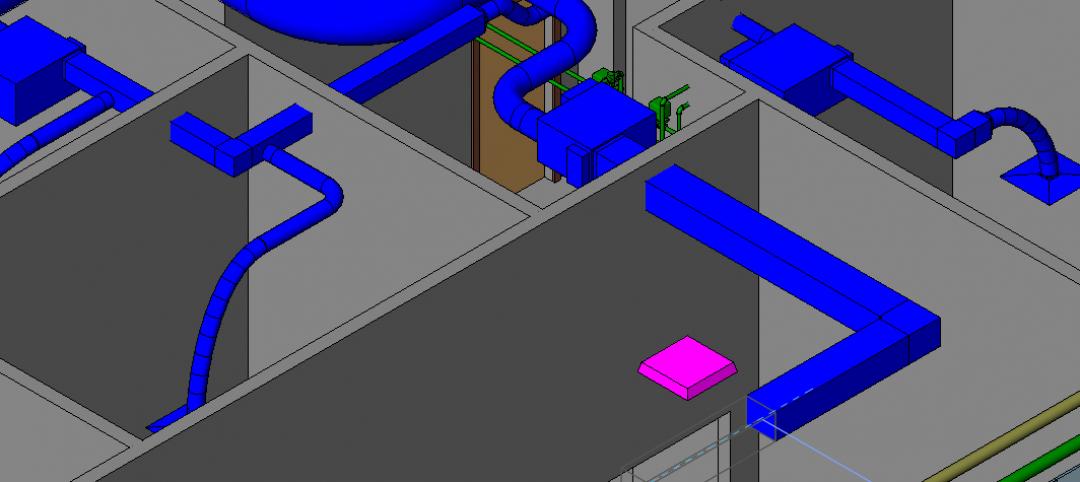As of April 4, 2016, all government contractors had to be compliant with Level 2 Building Information Modeling (BIM) in the United Kingdom.
The requirement aims to provide government officials with as much information about their construction projects as possible so that they can manage the resulting assets—chiefly "maintainable assets" like electrical and mechanical—effectively. Major contractors were prepared for this mandate, but some subcontractors are not, and will need assistance to comply.
Observers say a similar requirement is unlikely in the U.S., as the domestic industry is further along in adopting BIM. U.S. contractors have adopted modeling faster than many European counterparts, and BIM is regarded as an expected business practice here.
The U.K. may up the ante on BIM rules. Government and industry are jointly preparing to raise the BIM requirement to Level 3, which would require all parties on a government construction projects to work from one common BIM model.
Related Stories
| May 2, 2011
URS acquires Apptis Holdings, a federal IT service provider
SAN FRANCISCO, CA and CHANTILLY, VA– April 28, 2011 – URS Corporation and Apptis Holdings, Inc., a leading provider of information technology and communications services to the federal government, announced that they have signed a definitive agreement under which URS will acquire Apptis.
| Apr 12, 2011
BIM Grows Up: Separating Hype from Reality in a 3D World
While BIM adoption still lags in both design and construction, some enterprising owners, architects, and contractors are unlocking the potential of this dynamic technology.
| Apr 5, 2011
Are architects falling behind on BIM?
A study by the National Building Specification arm of RIBA Enterprises showed that 43% of architects and others in the industry had still not heard of BIM, let alone started using it. It also found that of the 13% of respondents who were using BIM only a third thought they would be using it for most of their projects in a year’s time.
| Mar 15, 2011
Future-proofing BIM: A White Paper presented by Dell and BD+C
To benefit from new building design and construction technologies as well as novel project management approaches, leading AEC organizations of all sizes and scales are deploying building information modeling (BIM). This White Paper presents the comparative benefits of various kinds of hardware specification, with some guidance on the proper selection and specification of BIM workstations, compatibility with existing standards, and adoption strategies.











